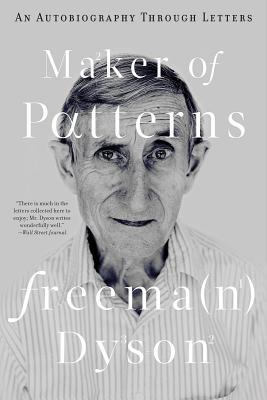What do you think?
Rate this book


416 pages, Paperback
First published April 10, 2018
I do not have any great discovery like the double helix to describe. The letters record the daily life of an ordinary scientist doing ordinary work. I find them interesting because I had the good fortune to live through extraordinary historical times with an extraordinary collection of friends.
During the next five years, there is a gambler’s chance of my doing something substantial in this field, but only if I give it a lot of my time and attention. The important thing is to use this chance while it is here. By the time I am forty, the game will be played out.
I had a telephone call from London, a film magnate called Roger Caras asking me to come to his studio to help them with a science fiction film called Encounter 2001. Stanley Kubrick, who directed Dr. Strangelove, is also doing this one.
FEBRUARY 28, 1970 I was taking care of Stephen Hawking, a young English astrophysicist who came here for a six-day visit. I had never got to know him till this week. Stephen is a brilliant young man who is now dying in the advanced stages of a paralytic nerve disease. He got the disease when he was twenty-one and he is now twenty-eight, so his whole professional life has been lived under sentence of death.
He is much older than the rest of us and has the handicap of his lost years. His story is an object lesson in the wastefulness of the discrimination policy.
I heard King speak in Berkeley about fifteen years ago, before he became famous, and I always had a great belief in him. He was far and away the greatest and most far-sighted of the Negro leaders. I do not blame the negroes at all for rioting now. If I were black, I would be out in the streets with them.
If the scientists can say that even in this chosen field of physics America was anticipated, and indeed by a member of the much-despised race of Japanese, this will be a strong card to play against nationalistic policies.
About ten thousand Princetonians came to watch and got in the way to some extent.
The “European situation” here means the fear that the rising population of Europe would be unable to feed itself. This fear was particularly strong in 1948 in England and in Germany. The expected disaster never happened, partly because birth rates remained lower than expected and partly because the Green Revolution made food production higher than expected.
[Young people] need to understand why science has failed to give us fair shares and social justice, and they need to work out practical remedies. This is not a job for scientists to do alone. It will need a worldwide collaboration of scientists with economists, political activists, environmentalists, and religious leaders, to lift science and society out of the swamp where we are stuck. Pure science is best driven by intellectual curiosity, but applied science needs also to be driven by ethics.